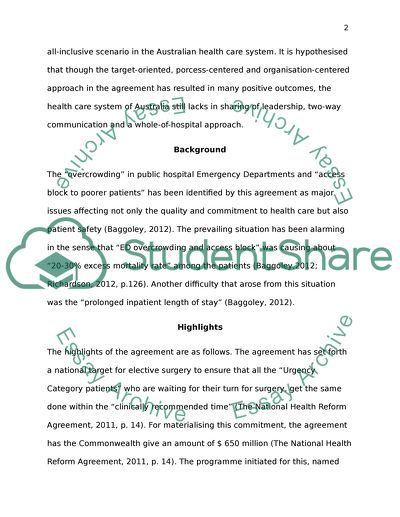Cite this document
(“National Partnership Agreement on Improving Public Hospital Systems Essay”, n.d.)
National Partnership Agreement on Improving Public Hospital Systems Essay. Retrieved from https://studentshare.org/health-sciences-medicine/1401679-national-partnership-agreement-on-improving-public
National Partnership Agreement on Improving Public Hospital Systems Essay. Retrieved from https://studentshare.org/health-sciences-medicine/1401679-national-partnership-agreement-on-improving-public
(National Partnership Agreement on Improving Public Hospital Systems Essay)
National Partnership Agreement on Improving Public Hospital Systems Essay. https://studentshare.org/health-sciences-medicine/1401679-national-partnership-agreement-on-improving-public.
National Partnership Agreement on Improving Public Hospital Systems Essay. https://studentshare.org/health-sciences-medicine/1401679-national-partnership-agreement-on-improving-public.
“National Partnership Agreement on Improving Public Hospital Systems Essay”, n.d. https://studentshare.org/health-sciences-medicine/1401679-national-partnership-agreement-on-improving-public.


